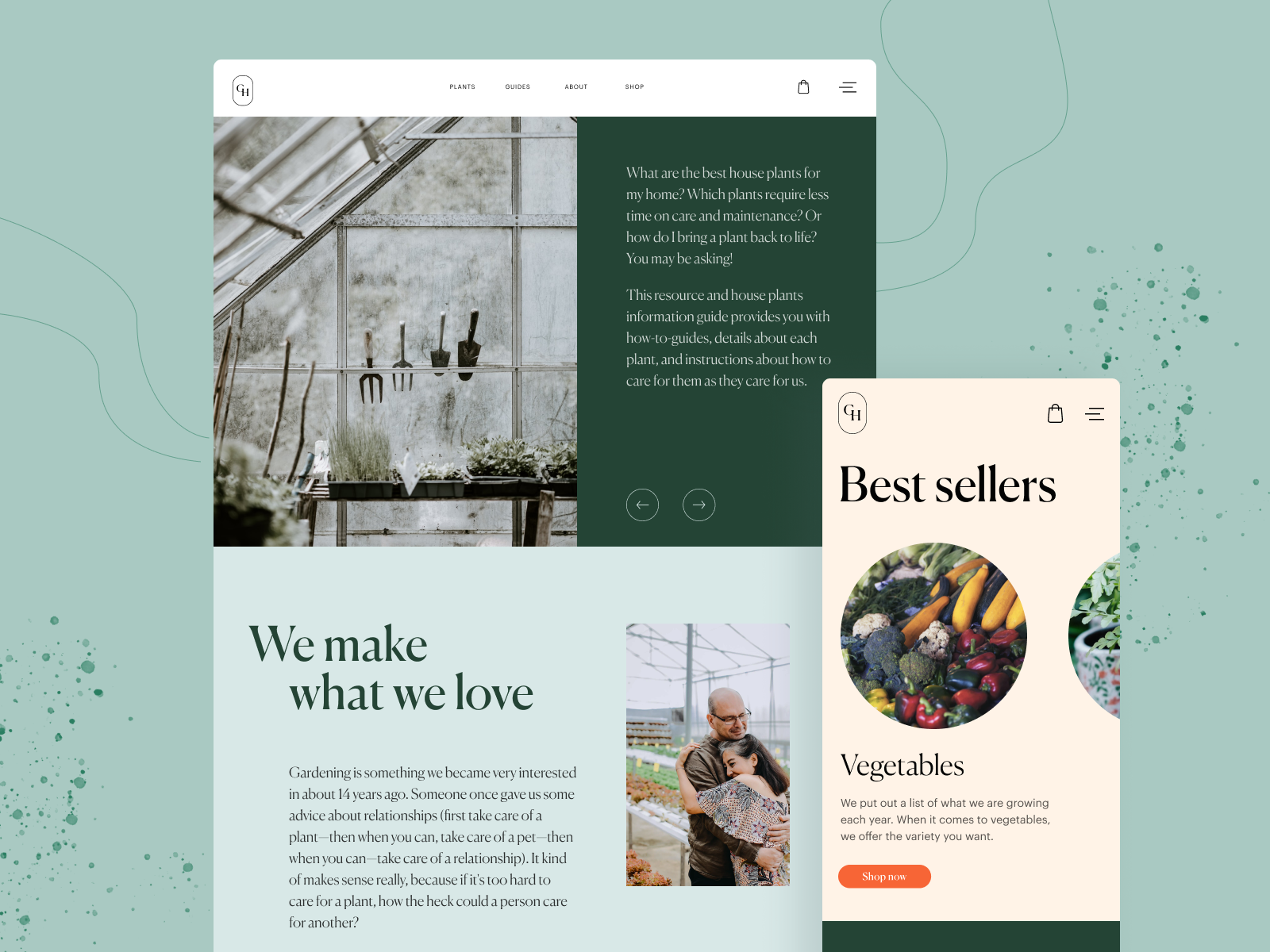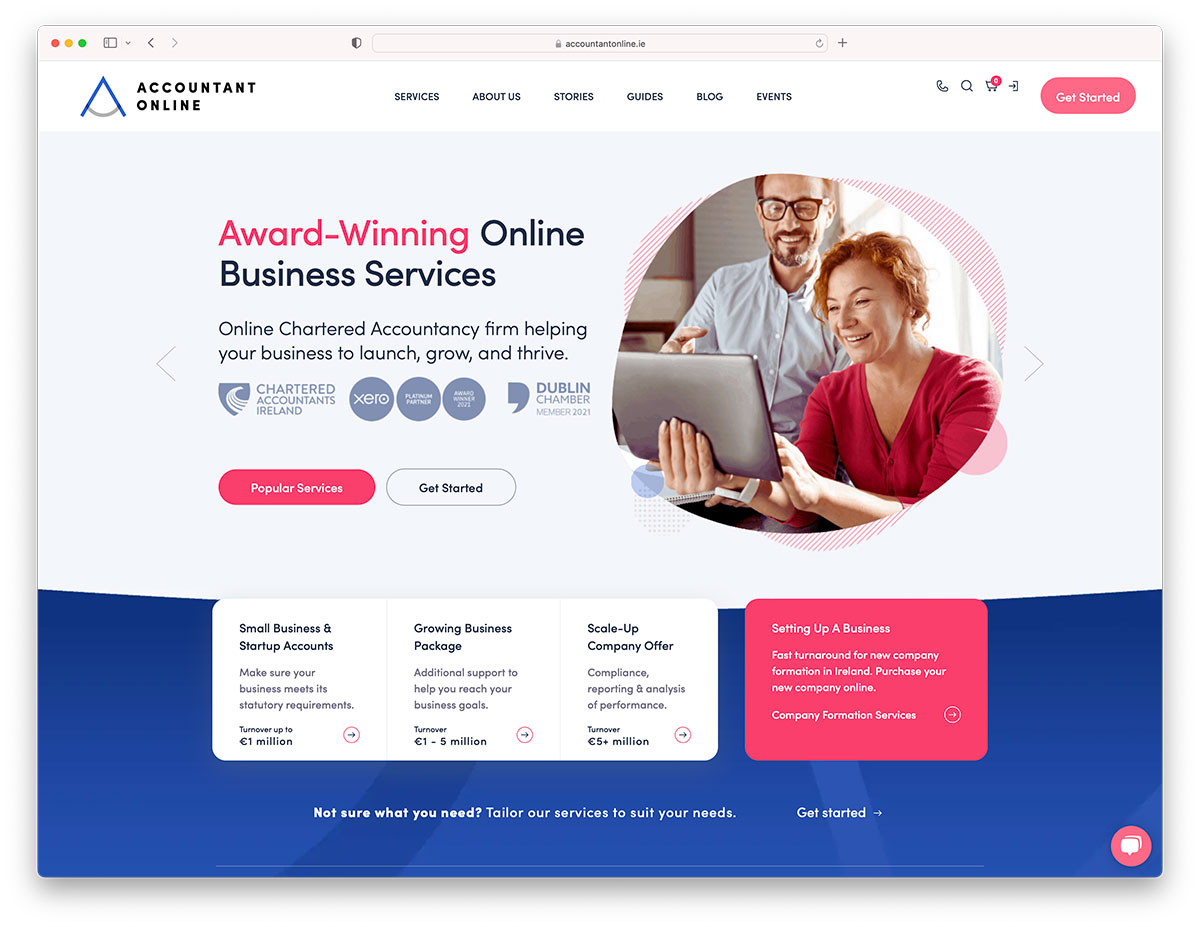How Website Design Impacts Brand Perception and Trustworthiness
How Website Design Impacts Brand Perception and Trustworthiness
Blog Article
Boost Involvement With Innovative Internet Site Style Solutions
An attentively crafted individual experience, underpinned by strategic aesthetic design and interactive elements, can dramatically improve individual interaction. By discovering different methodologies such as responsive style and personalized material, organizations can produce a platform that not only mesmerizes users yet likewise cultivates lasting commitment.

Comprehending Customer Experience
Recognizing customer experience (UX) is important for producing efficient web site design options, as it straight affects how users communicate with electronic systems. A comprehensive UX method incorporates different components, consisting of functionality, individual, and availability contentment, every one of which add to the overall efficiency of an internet site.
To start with, use focuses on just how easily users can navigate and discover the info they seek. Access ensures that all users, consisting of those with specials needs, can efficiently engage with the site.
Furthermore, understanding user personalities is vital for tailoring the experience to satisfy certain target market needs. By conducting user research and screening, designers can collect understandings that educate design choices, guaranteeing the site not just meets aesthetic objectives but also meets practical needs. Eventually, a thoughtful strategy to UX design cultivates engagement, urges retention, and improves general individual contentment, which are vital for the success of any kind of electronic system.
Visual Design Methods
Including effective visual design strategies is important for capturing individual focus and improving the total customer experience on an internet site. A well-balanced aesthetic pecking order overviews individuals with the content, allowing them to conveniently navigate and absorb information. This can be attained through the tactical use typography, color pattern, and spacing, which jointly produce a cohesive and interesting format.
Shade plays a critical function in stimulating feelings and developing brand identity. Utilizing a balanced shade palette that aligns with the brand's principles can promote knowledge and depend on. Furthermore, integrating high-quality images and graphics enhances aesthetic appeal and can considerably improve customer engagement.
Whitespace, frequently forgot, is just as vital as it permits web content to breathe and protects against frustrating users with mess. It helps with simpler reading and understanding, resulting in an extra pleasurable surfing experience.
Finally, consistency in style components-- such as switch symbols, font styles, and styles-- makes certain a smooth user trip, reinforcing the brand's professionalism and reliability. By tactically applying these visual design techniques, internet sites can not only attract site visitors yet likewise encourage them to stay longer and involve even more deeply with the web content.
Interactive Aspects for Interaction
Engaging individuals properly typically rests on the application of interactive components that invite involvement and promote a dynamic browsing experience. These elements, consisting of tests, polls, and interactive infographics, urge customers to proactively participate as opposed to passively eat content. By incorporating such attributes, internet sites can not only capture attention yet likewise boost user retention.

Gamification is another effective strategy. Including game-like elements, such as accomplishments or rewards for finishing tasks, can change ordinary interactions right into delightful experiences. This strategy not only enhances engagement however likewise encourages users to return, developing a dedicated audience.
Furthermore, interactive aspects can promote social sharing, intensifying a website's reach. Functions like remark areas, share buttons, and user-generated material areas foster community communication, transforming visitors right into active participants. website design. Eventually, the calculated usage of interactive aspects is important for developing a engaging and engaging website that reverberates with customers
Adaptive and responsive Layout
A well-designed internet site must prioritize receptive and flexible style to make sure optimal user experiences across a selection of gadgets and screen dimensions. Responsive layout utilizes liquid grids and flexible pictures, permitting the layout to immediately readjust based upon the visitor's display size. This original site strategy makes certain that individuals can quickly navigate and engage with the material, regardless of whether they are using a tablet computer, desktop computer, or smart device .
In comparison, flexible design utilizes predefined designs that are customized to particular gadget categories. This suggests that the site spots the kind of device being made use of and offers the proper format, which can improve loading times and optimize the display of necessary components. While both strategies intend to improve usability, receptive design is commonly favored for its fluidity and seamless change in between tools.
Including receptive and flexible layout not just enhances customer complete satisfaction but also favorably affects online search engine rankings. Internet search engine focus on mobile-friendly sites, thus increasing exposure and attracting more visitors. For that reason, purchasing these style approaches is important for organizations seeking to engage their audience properly and keep an one-upmanship in today's electronic landscape.
Analyzing Individual Comments and Information
User comments and data analysis are vital elements of efficient internet site layout, as they supply useful understandings into individual actions and choices. By methodically collecting and checking out customer feedback with surveys, functionality screening, and analytics devices, developers can determine discomfort factors and locations for enhancement. This data-driven technique makes it possible for organizations to tweak their site aspects, ensuring that the individual experience lines up with target market expectations.
Analyzing metrics such as bounce rates, time on web page, and click-through prices provides a quantitative perspective on user involvement. These metrics assist developers determine which material resonates and which areas might require optimization. A/B testing can be employed to examine variations in style, permitting developers to make enlightened choices based on individual communications.
Integrating individual responses not just improves website usability but also promotes a feeling of neighborhood and count on. Engaging with customers through feedback loopholes cultivates commitment and encourages repeat sees. Eventually, leveraging customer feedback and information evaluation is important to creating a dynamic, user-centered web site that adapts to developing individual needs and choices, therefore driving greater involvement and fulfillment.
Conclusion

An attentively crafted user experience, underpinned by tactical aesthetic layout and interactive elements, can substantially enhance user interaction.Including effective visual layout techniques is vital for recording user attention and boosting the overall individual experience on a web site.User feedback and data evaluation are important components of effective web site design, as they supply important insights right into individual habits and preferences. Inevitably, leveraging user feedback and data evaluation is integral to producing a vibrant, user-centered internet site that adjusts to progressing user needs and choices, thus driving higher interaction and complete satisfaction.
In conclusion, cutting-edge internet site layout services considerably improve customer interaction by prioritizing customer experience, employing efficient visual techniques, and integrating interactive aspects.
Report this page